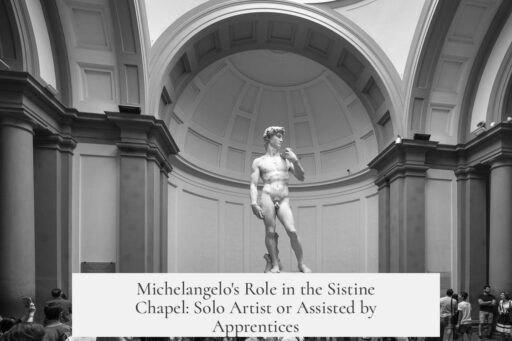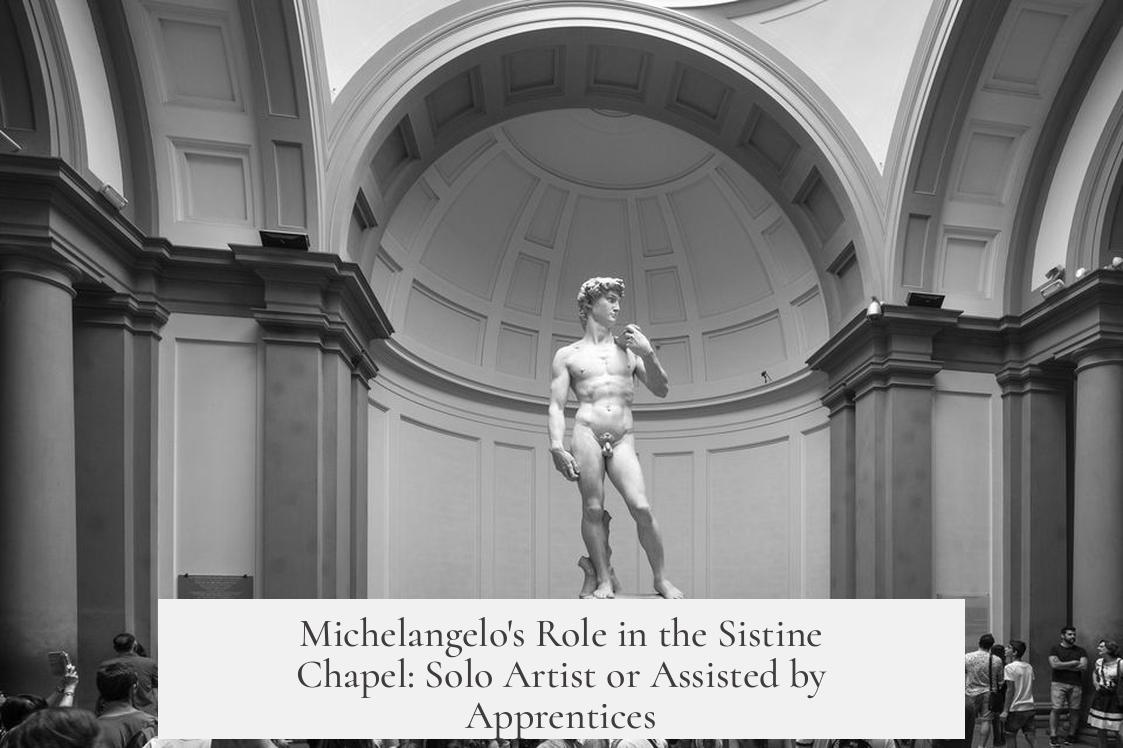Michelangelo did not paint the Sistine Chapel ceiling entirely by himself; however, he did not rely heavily on apprentices for the actual painting either. He started with a small team of accomplished Florentine painters who helped in various ways. Still, due to disagreements and artistic differences, Michelangelo gradually phased most of them out as the work continued.
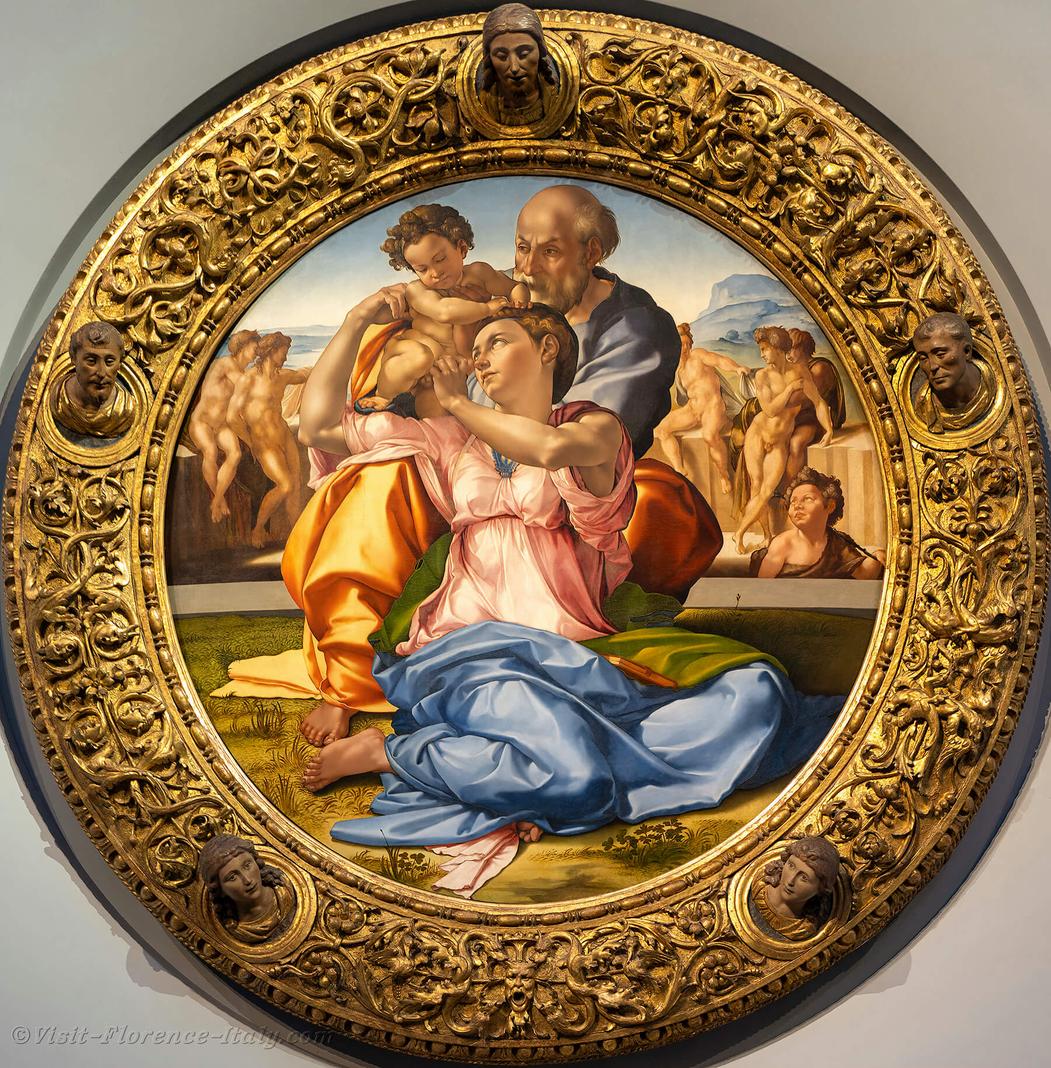
His assistants mainly performed supporting tasks. They mixed plaster, moved scaffolding, and managed non-artistic duties. Michelangelo handled the crucial painting work himself, as the fresco technique imposed strict limits on how and when paint could be applied.
The Sistine Chapel ceiling was painted using the boun fresco method. This technique requires the artist to paint on fresh, wet plaster. Because the plaster dries quickly, only small sections could be painted in a single session. This constraint meant that having many painters simultaneously work on different parts was impractical. Therefore, relying on multiple painters for the actual fresco was not possible, limiting the assistants’ role in direct painting.
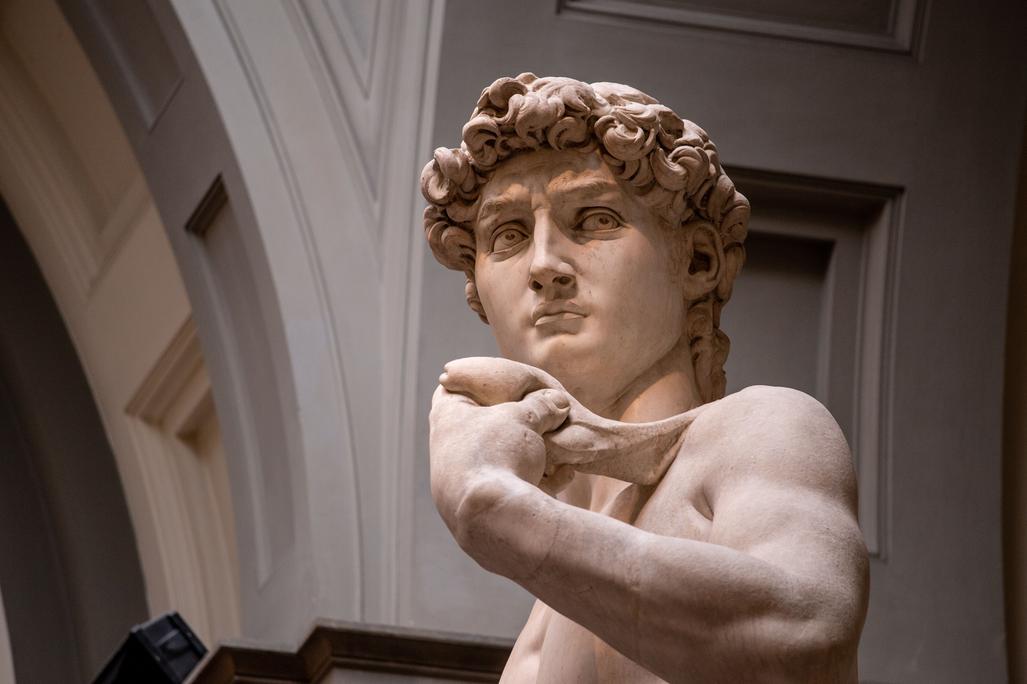
Michelangelo’s initial team included several well-known Florentine artists. However, conflicts and intense artistic vision differences caused him to reduce their involvement. As a result, he became the primary painter on the fresco, with assistants supporting logistical and preparatory tasks. These menial duties allowed Michelangelo to focus on the demanding artistic work.
- Assistant painters: Present at the start but later phased out.
- Supporting aides: Mixed plaster, moved scaffolding, handled materials.
- Painting process: Fresco technique required painting on wet plaster in small sections.
- Technical limits: Prevented multiple painters from working simultaneously.
In summary, Michelangelo completed the Sistine Chapel ceiling with minimal direct help from other painters. He managed most of the creative work himself, supported by assistants handling preparatory and logistical tasks. The fresco method’s nature restricted collaborative painting but allowed some team effort in indirect ways.
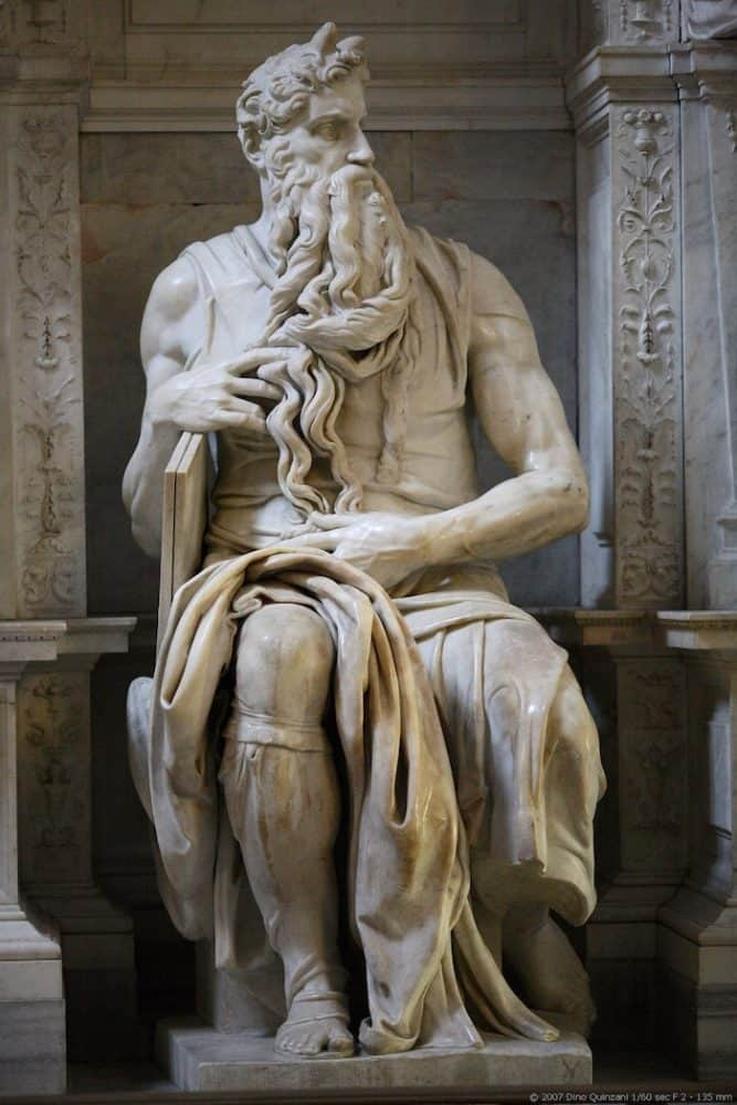
Did Michelangelo Paint the Sistine Chapel by Himself or Did He Have Apprentices?
In short: Michelangelo did not paint the Sistine Chapel entirely by himself, but he didn’t lean heavily on apprentices to handle the painting either. He started with a small band of famous Florentine painters but dropped most of them due to clashes. The rest? Mostly helpers dealing with plaster, scaffolding, and other grunt work.
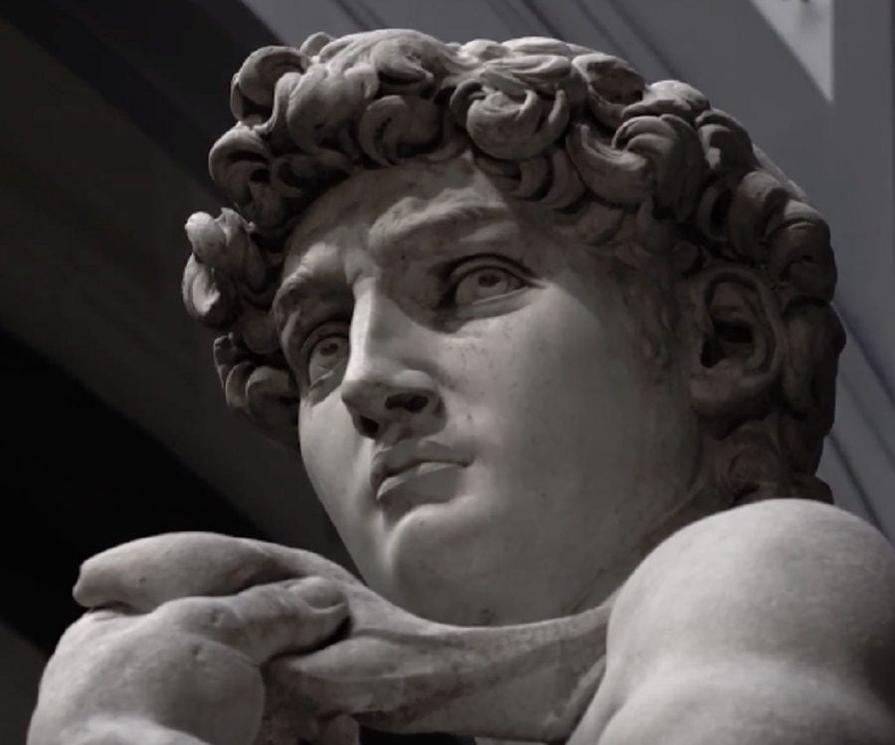
So, which is it? Solo genius or crowd effort? Let’s unravel this masterpiece mystery.
**Starting with a Brushstroke of Help**
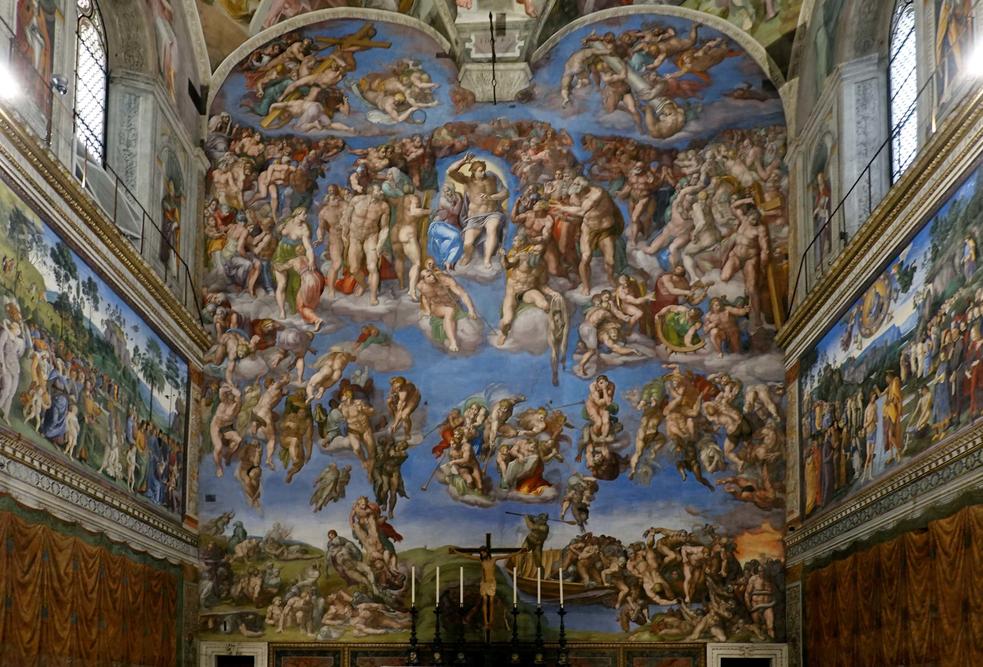
When Michelangelo began the four-year marathon of painting the ceiling of the Sistine Chapel, he wasn’t totally alone. In fact, he gathered a few big names from Florence to help him. These were painters who knew their way around scaffolds and pigments.
But—and this is where it gets juicy—the collaboration didn’t last long. Tensions flared, opinions crashed like thunder in a Roman summer, and Michelangelo, famously stubborn, started to push his teammates out. What might have been a friendly co-op became a one-man show pretty fast.
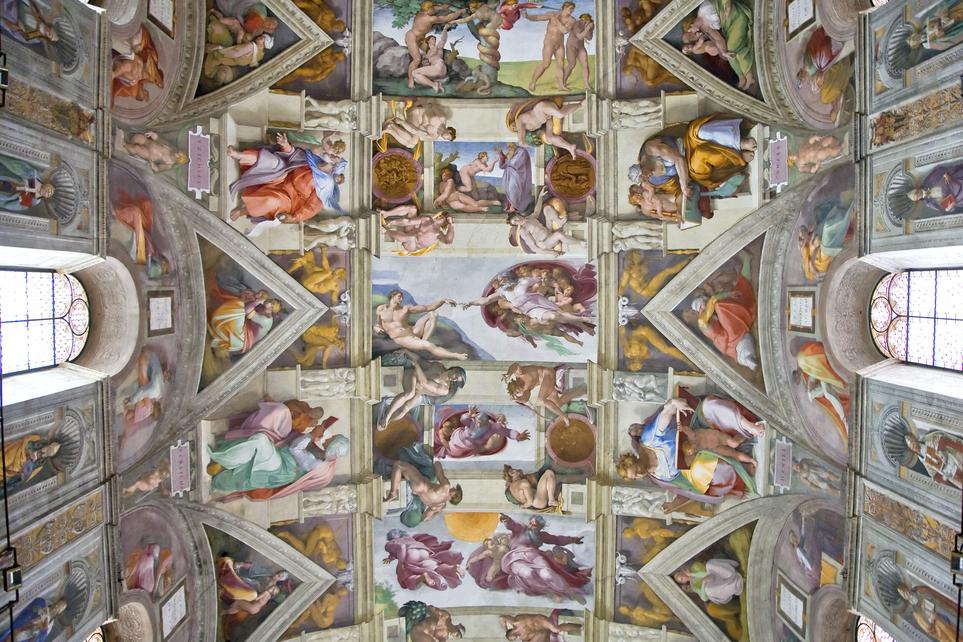
Think of it as a Renaissance group project where one guy takes over and says, “Nope, I got this.”
**Phase-Out: The Michelangelo Way**

Michelangelo’s passion was a double-edged sword. His exacting vision and intense character led to fading patience with helpers. Historical accounts tell us that the big-name assistants gradually peeled away. He ditched them, bit by bit, until mostly it was just him and his brushes battling the colossal ceiling.
Sound tough? It was. But it also meant the artwork reflects *his* singular vision without too much outside influence.
**Not Completely Solo: The Role of Assistants**
Although Michelangelo painted nearly everything himself, he didn’t reject *all* help. He had a few assistants on deck—mostly tasked with the less glamorous jobs. Mixing plaster? Check. Moving hefty scaffolding? Double check. These assistants kept the engine chugging while Michelangelo focused on artistic wizardry.
This division makes sense, given the size of the task. But the assistants did *not* pick up the brushes to paint major sections of the fresco.
**Why Didn’t Assistants Paint More? Technology, Baby!**
The big reason for this is the technical method called buon fresco, or true fresco painting. Here’s the deal: The pigment binds with the plaster only if applied when the plaster is still wet. Once dry, it’s game over for painting on that patch.
This means Michelangelo could only work on small, freshly plastered sections each day. If he had a bunch of painters chipping away simultaneously, it would be a logistical nightmare because the plaster dries too fast. So the idea of many assistants painting large areas at once just wasn’t viable.
Imagine trying to paint a large mural on wet cement that hardens within a few hours—precision timing and coordination are essential. Having more than a few painters risking dried plaster would spoil the masterpiece.
**From Frenzy to Focus: Michelangelo’s Approach**
So here’s what happens when passion meets technique and temperament: Michelangelo turns the Sistine Chapel project into a mostly one-man production, relying on his limited team only for backstage support.
His refusal to share the paintbrush wasn’t just ego—it was practical strategy, shaped by the fresco painting process and his personal style.
**But Wait, Did This Have Any Downside?**
Working mostly alone meant slower progress and intense workload. The fresco ceiling covers about 12,000 square feet—imagine painting that all by yourself! Michelangelo’s determination and stamina were crucial to finishing the job.
Today, the Sistine Chapel ceiling stands as testament not only to Michelangelo’s artistic genius but also his grit and independence.
**Why Does This Matter for Art Fans and History Buffs?**
Understanding who painted the Sistine Chapel sheds light on Renaissance art production and the man behind the legend. It debunks the myth of a complete solo artist while honoring Michelangelo’s creative control.
Plus, it explains why the ceiling feels so cohesive and personal; it’s mostly one visionary at work rather than a workshop filled with many hands and styles.
**Final Takeaway**
Michelangelo did employ some assistants at the beginning for artistic help but phased them out because of disputes and practical challenges. He kept a small crew for essential, non-painting tasks. The technical limitations of fresco painting meant Michelangelo had to be mostly hands-on in the actual painting.
This mix of solo artistry and minimal support makes the Sistine Chapel both a marvel of technique and a story about one man’s drive to create a masterpiece his way.
**Would you prefer to paint a ceiling alone or in a team under such tricky conditions?** It’s a tough gig either way, but Michelangelo certainly made it legendary.
